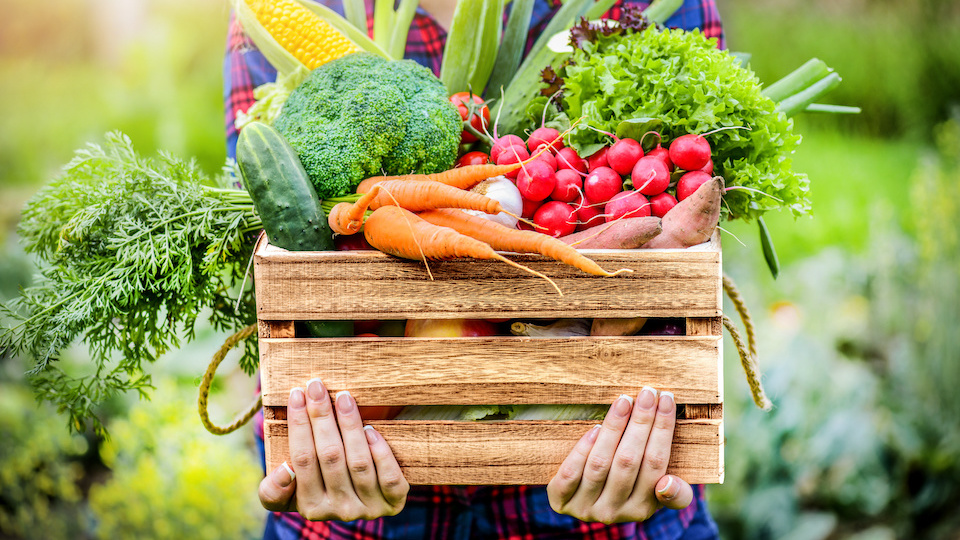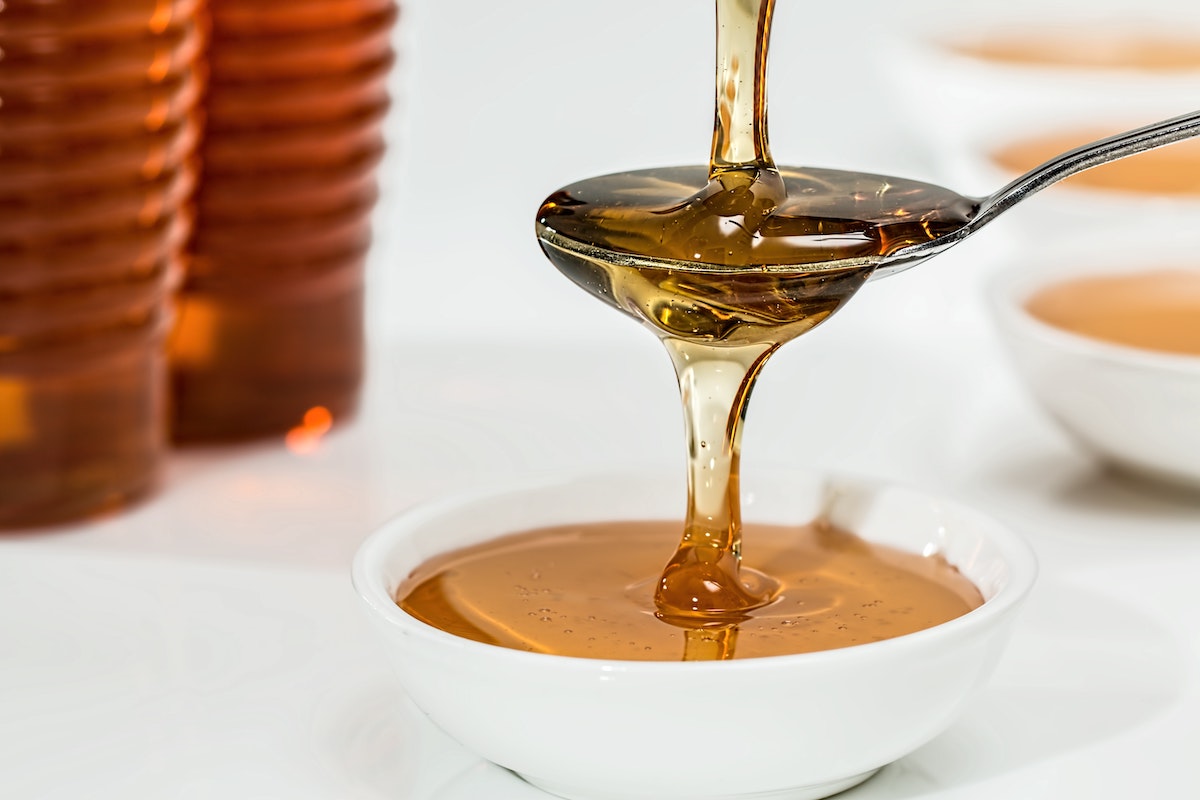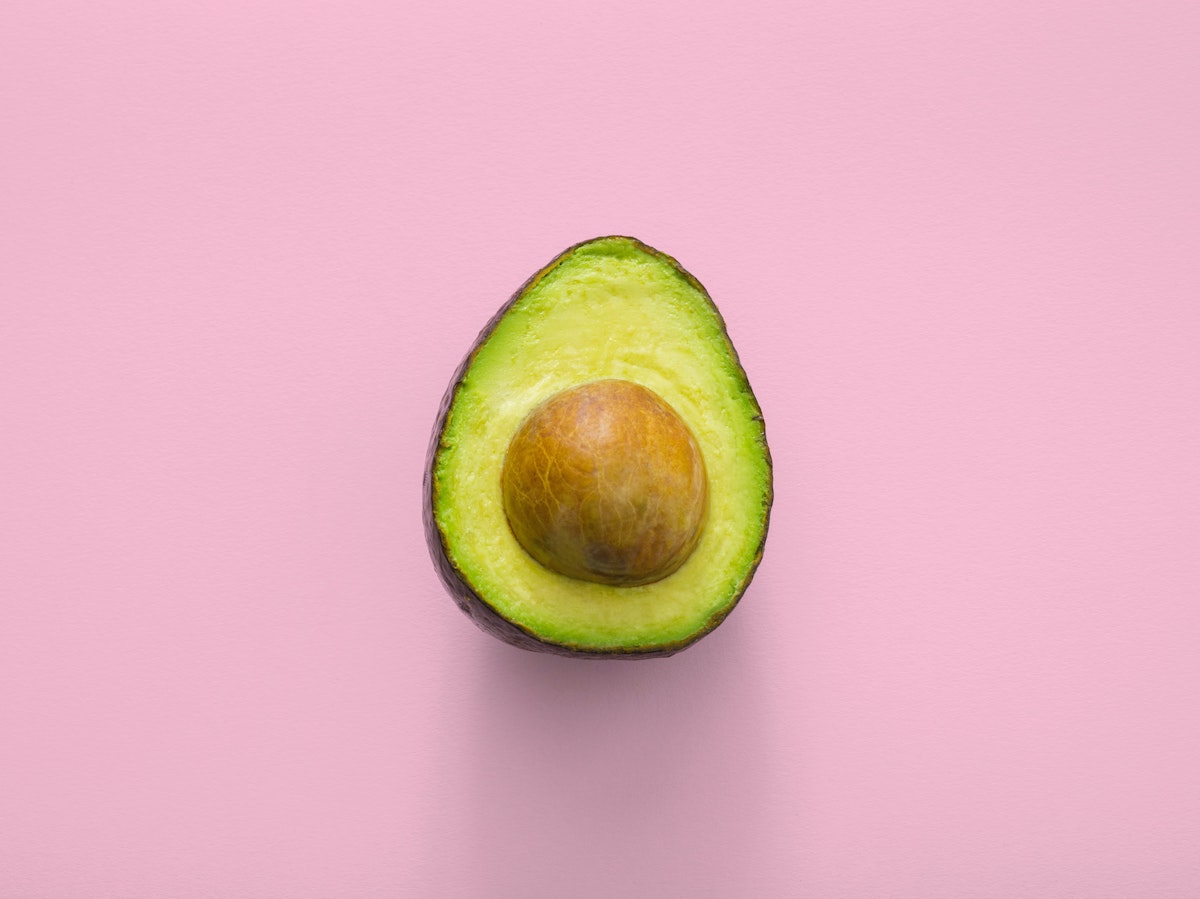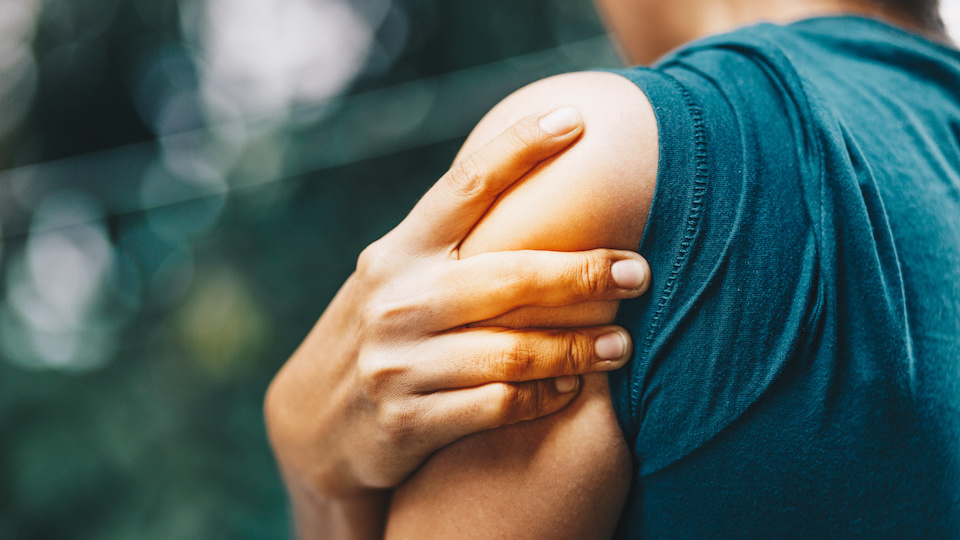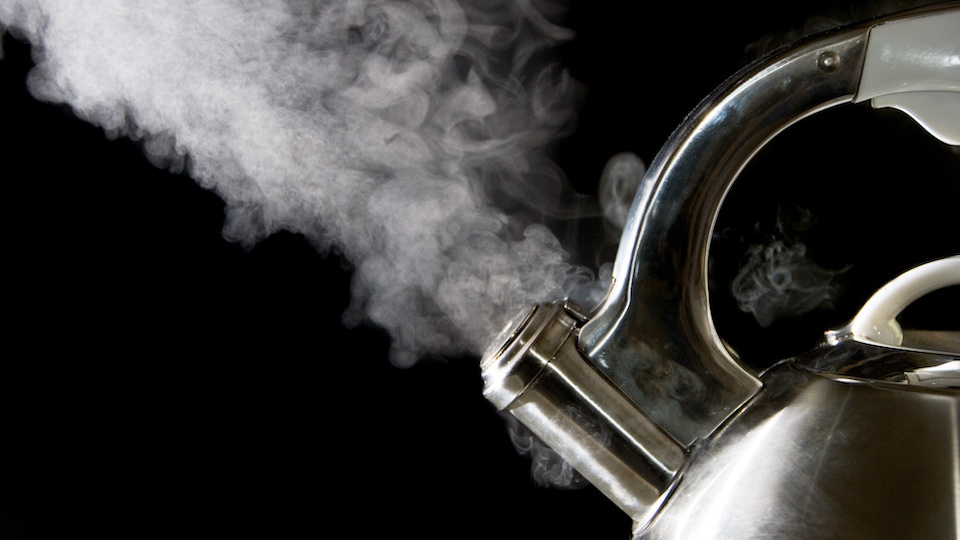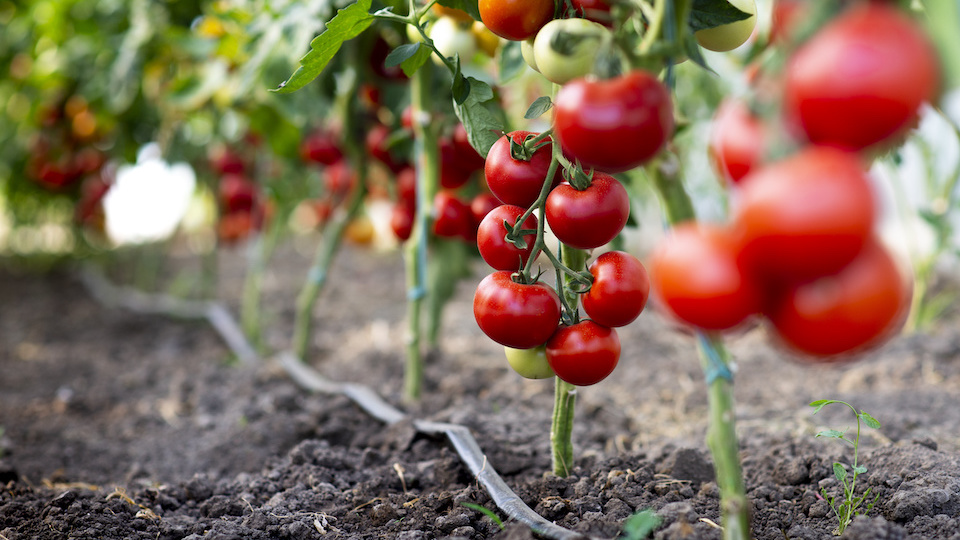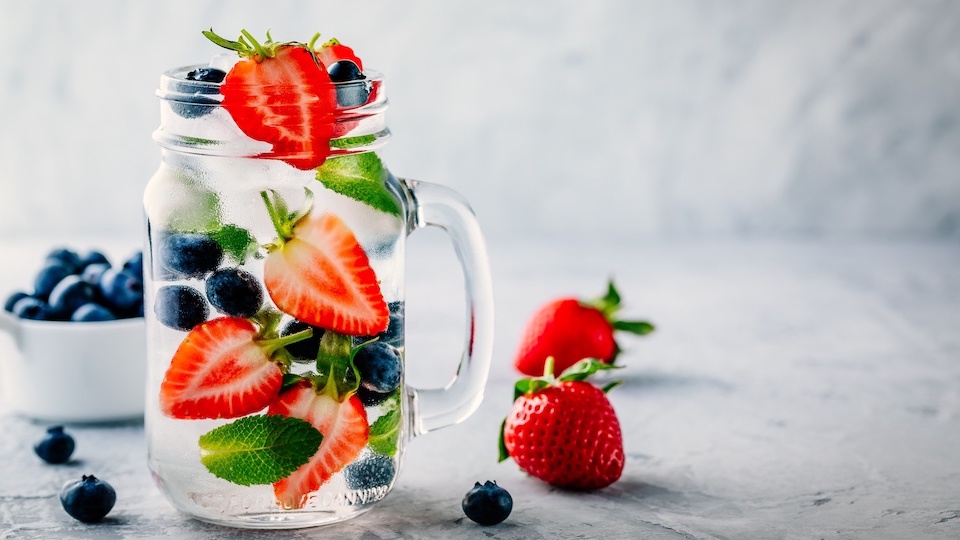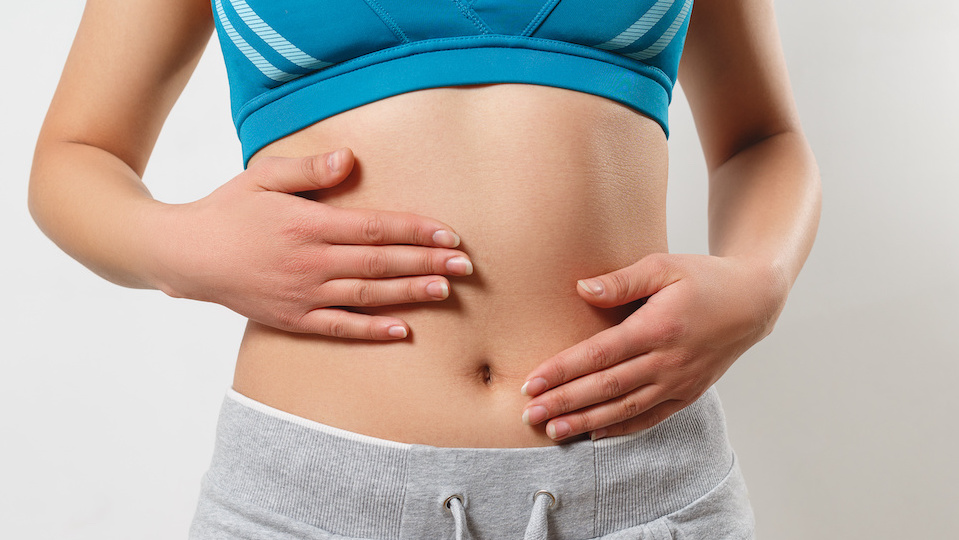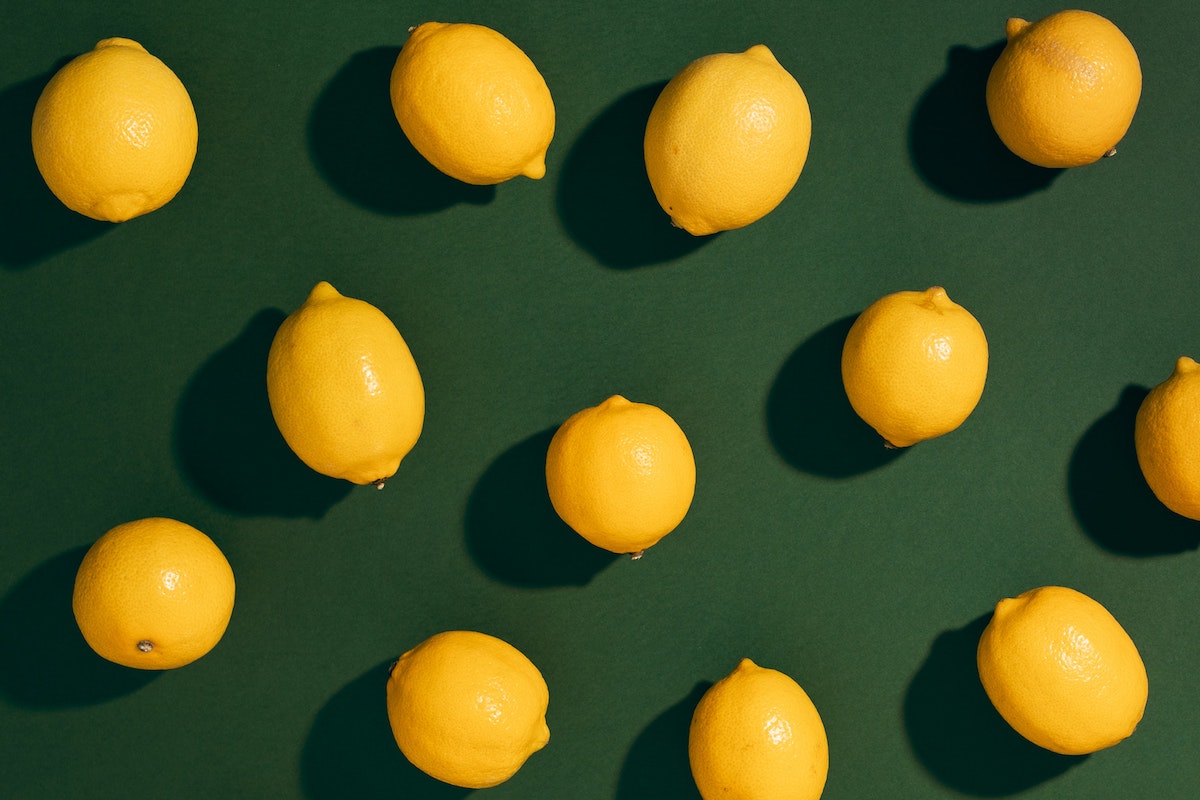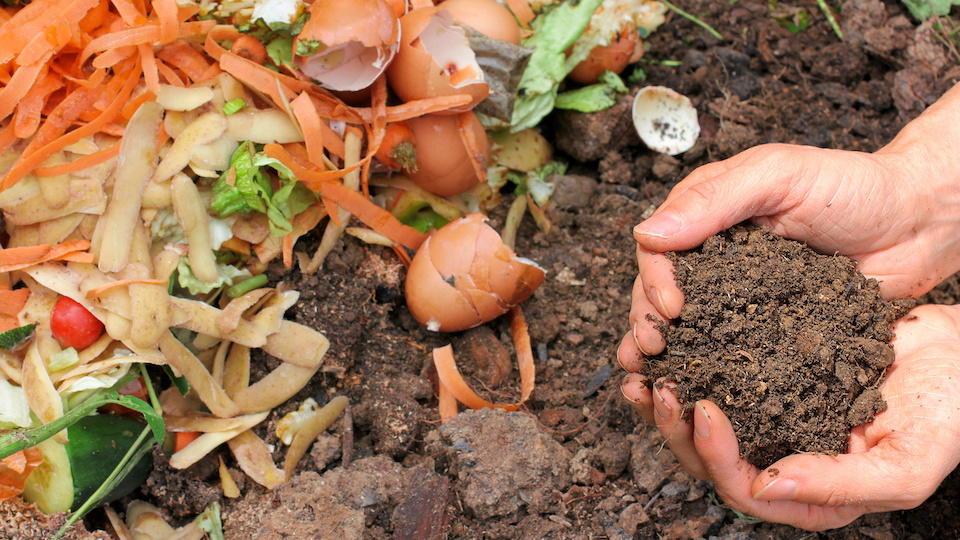12 Tips to Keep Your Garden Harvest Fresh for Longer
Have you ever been so blessed by a massive harvest that you become overwhelmed? I know the feeling! Sometimes you just have so many fresh veggies that you become worried about using them all before they go bad. Believe me, this is a problem. However, you can turn your problem around if you follow these tips on preserving and keeping your harvest fresh for longer.


